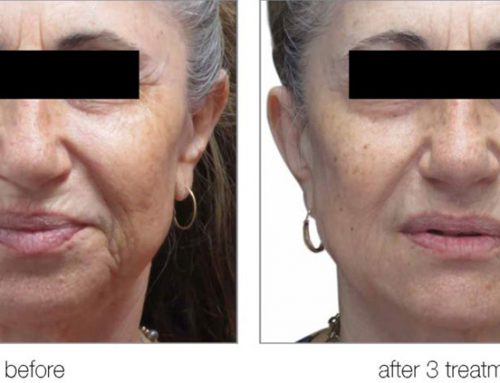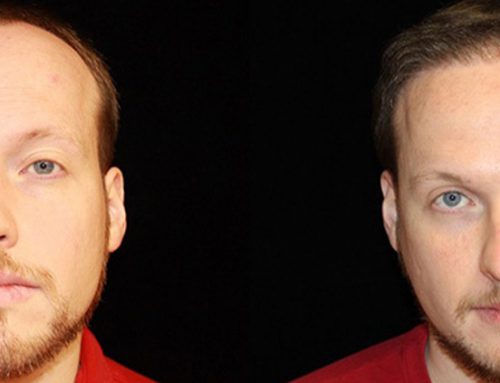Patients often ask if saline or silicone breast implants are better for breast augmentation. Understanding the characteristics of the various implants is key in choosing the appropriate implant that is going to achieve thelookand feel you desire. There are many types, sizes and profiles of breast implants to consider. Dr. Charles Slack, voted one of the best plastic surgeons in Dallas and Collin County by D Magazine, will work with youto select the appropriate implant for your procedure.
If your main goal for breast surgery is to enlarge your breasts, breast augmentation with either saline or silicone breast implants will accomplish your goal.
So, what are the differences between saline and silicone? Dr. Slack explains,“I think there are basically four important differences…implant feel, risk of seeing or feeling “rippling”, cost, and what happens when they leak. Most patients,after feeling saline and silicone implants, will tell you that the silicone implant feels more natural.”
This is because silicone is a thicker substance that is closer to the consistency of natural breast tissue. Saline implants generally feel “more watery”, which is no surprise, since they are filled with saline (which is essentially water). The better feel is important to consider if you have very little breast tissue. The more breast tissue you have between your skin and the implant, i.e., the more thickness, the less noticeable is the difference in the feel. For instance, someone with C or D cup breast, wanting an augmentation,often will not be able to tell the difference between the two but for someone with an A or B cup, the difference is very noticeable.
Rippling, seeing or feeling implant undulations, goes hand in hand with implant feel. That is to say that the more “watery” an implant feels, the more likely you are to see and feel rippling, particularly if you have very little breast tissue. This problem can be seen with both silicone and saline implants but is more common with saline implants. Different thicknesses of silicone, known as silicone cohesivity, are available to help mitigate this risk with silicone implants.
One advantage of saline implants over silicone is what happens when the implant leaks. All implants have a chance of leaking over the time they are in your body. The general risk is 1-2% per year that your implant will leak, so by 10 years the risk that your implant has leaked is 10-20%. If a saline implant leaks, there is usually an obvious difference in the appearance of your breast in a matter of days. The saline that leaks out is essentially water and is reabsorbed by your body. When silicone implants leak, there is little if any indication that there is an issue. This is referred to as “silent rupture”. Since newer silicone implants are filled with more solid cohesive silicone gel, less silicone actually comes out of the implant when there is a leak. Silicone that does get out is usually contained within the scar tissue shell (capsule) that is formed by your body around the implant. Silicone, is not however, reabsorbed by your body. When it leaks it just stays there. Is this dangerous? As background, silicone implants were taken off the market in the United States for primary breast augmentation by the FDA in 1992. At that time there was a concern that silicone implants were causing health problems, specifically, autoimmune diseases, to develop in some women with silicone implants. Over the next 15 years, much research was done to investigate this issue. In 2007, after reviewing the data, the FDA felt there was not a link to autoimmune disease or any other medical issues and allowed them back out on the market. Despite this, many women still feel that their implants, both silicone and saline, leaking or not, were making them feel ill in a variety of ways. This is known as breast implant illness (BII). To be clear, breast implant illness is not a medically recognized disease, yet many feel they have it. At the request of those who felt they were affected; the FDA looked at breast implant concerns again in 2019. They found no evidence that breast implant illness existed but recognized that the symptoms of some women were alleviated after removal of their implants. As a consequence, they required labeling on implants warning about the possibility of getting breast implant illness from breast augmentation.
Finally, there is a significant difference in cost between silicone and saline implants. Silicone implants are generally about $1000 more a pair than standard saline implants. As mentioned previously, there are different degrees of cohesivity (thickness) among silicone gel implants and unfortunately as the cohesivity goes up, so does the cost.
There are many other factors to consider beyond silicone or saline, including the size, type and profile of implants, their position in the chest area (on top of the pectoral muscle or partially under the pectoral muscle), and where the incision will be made. Dr. Slack can help you make these decisions by assessing your body shape, lifestyle, and overall goals.
Your first step is to schedule a private, cosmetic consultation with Dr. Slack. He will discuss your concerns and goals in detail. Patients find Dr. Slack to be the kind of surgeon whose wisdom and compassion make him easy to talk to about the sensitive topic of breast surgery. Contact Dr. Slack today.




